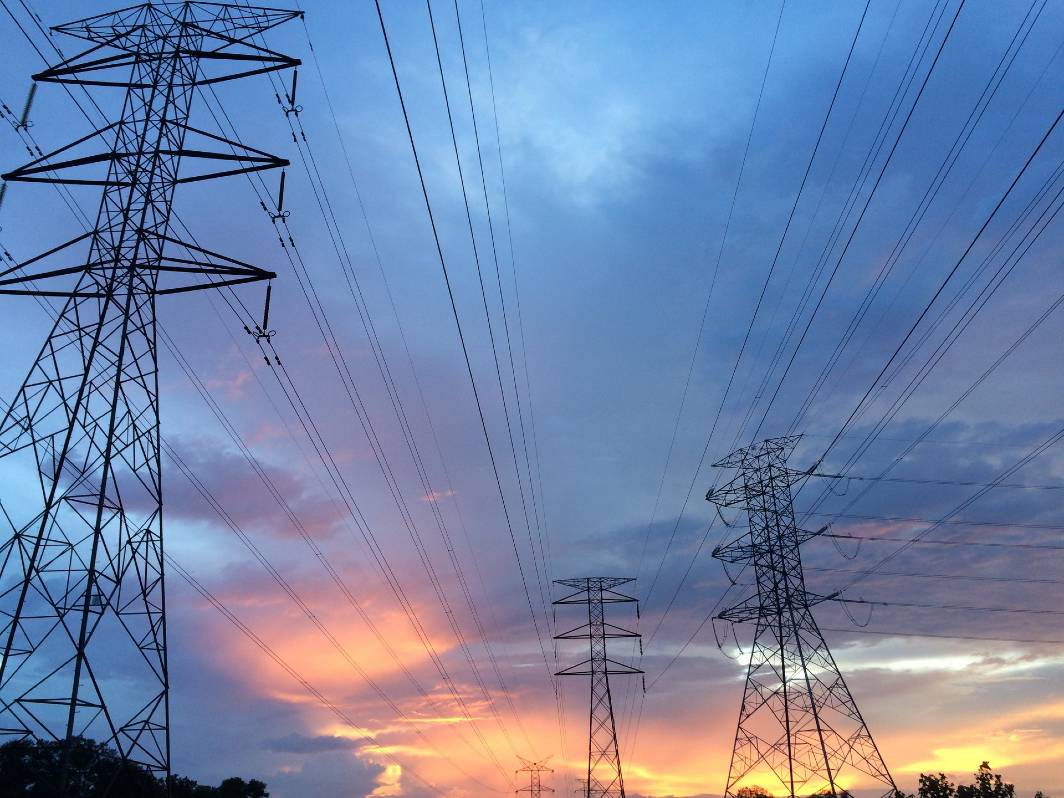Easter Monday sees record low carbon intensity for Britain’s electricity
Low demand for power on Easter Monday saw Britain’s electricity grid achieve a new green record.
The carbon intensity of electricity – the measure of CO2 emissions per unit of electricity consumed – dropped to 39 gCO2, the lowest figure in history at 1pm on Monday April 5th according to National Grid ESO. The previous record of 46 gCO2/kWh was set on May 24 2020.
Sunny spells and blustery conditions, coupled with low demand driven by the Easter holiday, meant renewable sources of power dominated the energy mix. At 1pm wind power made up 39% of the electricity mix, solar power 21%, and nuclear 16% – meaning zero carbon power sources made up almost 80% of the nation’s power.
The year 2020 was a record-breaking year for electricity in Britain. During spring 2020 Britain saw its longest run since the industrial revolution generating electricity without using coal, stretching almost 68 days (1,630 hours) between April 10 and June 16. In total the country was powered coal-free for over 5,147 hours in 2020, compared with 3,666 hours in 2019, 1,856 in 2018 and 624 in 2017. Coal generated only 1.6% of the electricity mix in 2020, compared with almost 25% five years ago.
The last 18 months have also been record-breaking for renewable power sources. The record for the highest ever level of wind generation was broken on 13th February 21 (17.5GW) – while August 26 last year saw wind contributing its highest ever share to the electricity mix (59.9%).
Solar power, too, set new records for its highest ever level of generation (9.7GW) and its highest share in the mix (34%) – comfortably providing a third of Britain’s electricity supplies on several occasions in May 2020. And while not everyone enjoyed a white Christmas, 2020 did bring a green Christmas – with the first ever coal-free Christmas day and zero carbon sources powering over half of our electricity demands.












